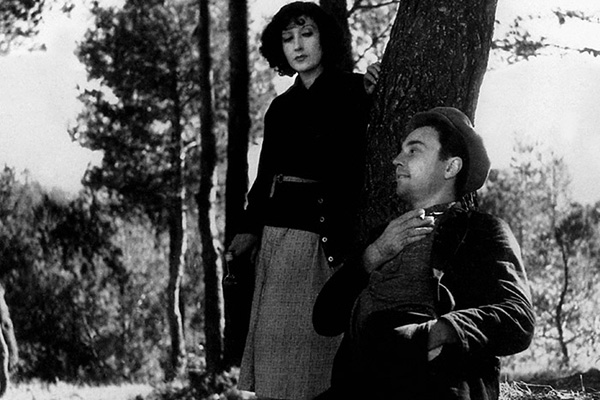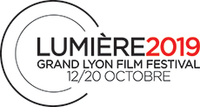Toni :
A precursor of neorealism
PostED ON OCTOBER 14 AT 2:30PM
An explorer of genres, Jean Renoir was also a filmmaker of social realism.
Placed between “Boudu Saved from Drowning” (1932) and “The Crime of Monsieur Lange” (1936) in Jean Renoir's prolific filmography, “Toni” (1934) and its aesthetic postulates established the codes, for many, of Italian neorealism. The collaboration of the young Luchino Visconti on the set, author of the first “official” neorealist work, “Obsessions” in 1942, would undoubtedly contribute to this idea. Shot in natural scenery on the heights of Martigues in an arid Provençal garrigue, Toni is the true story of a crime of passion committed in the region years earlier, told to Renoir by a commissioner friend. Underneath this crime story, the film raises questions of belonging and identity. It is also a tribute to the difficulties of the working class, showing the ability of men to integrate into their environment.

André Bazin said of the film: "Toni is one of his key films, it is neither the best nor the most perfect, but its moral is fundamental.” In the eyes of film critics, this morality would plant the seed of La Règle du jeu (1939) at a time when Renoir had begun to join the cause of the left, the era of the Front Populaire. Aided by a few professional actors, the cast of the film mainly involves the local population, mostly Spanish and Piedmontese immigrants; the situation is the simple reflection of the social reality of France in the 1930s when, following the crisis, the country needed to rely on the help of one million workers from southern Europe. "My country is the one who feeds me," says one of the characters in the film. A tragic situation still relevant today.
Charlotte Pavard

